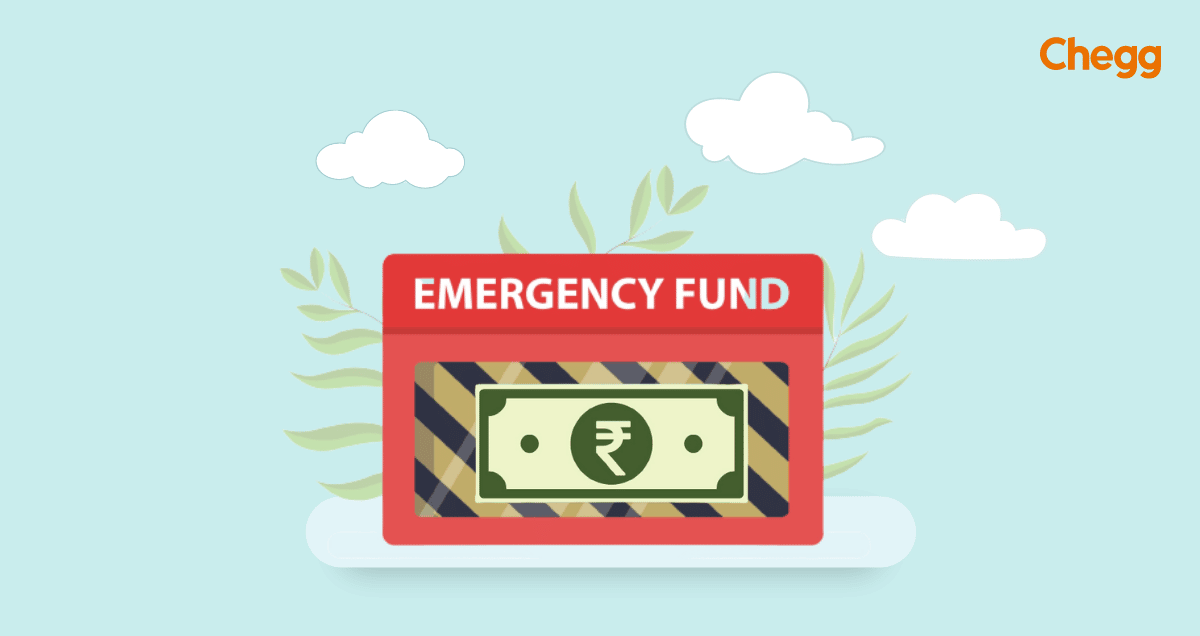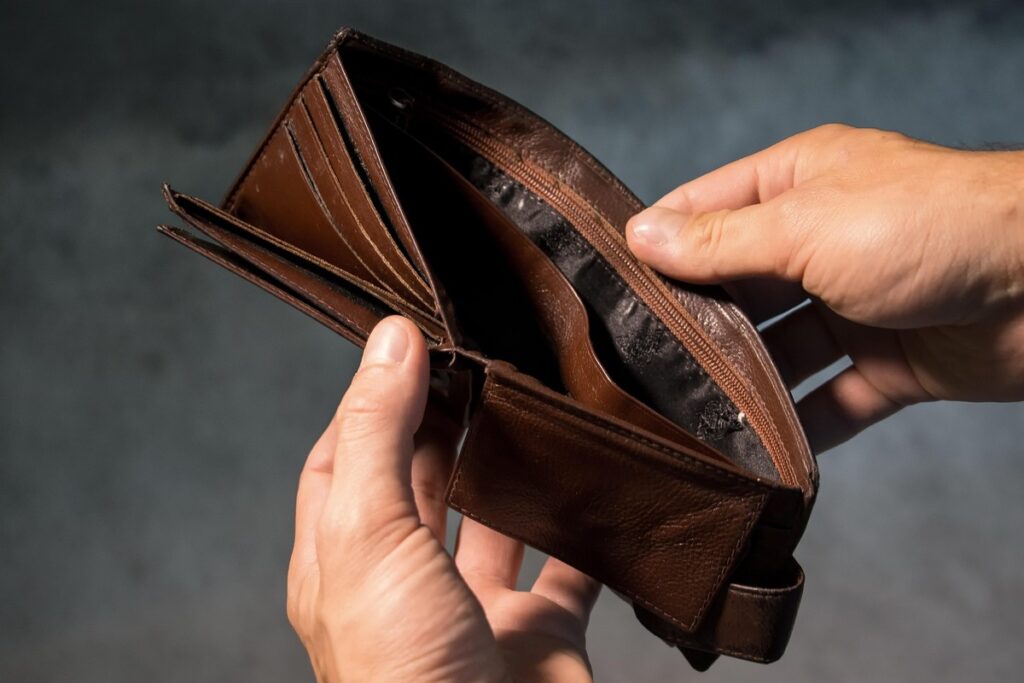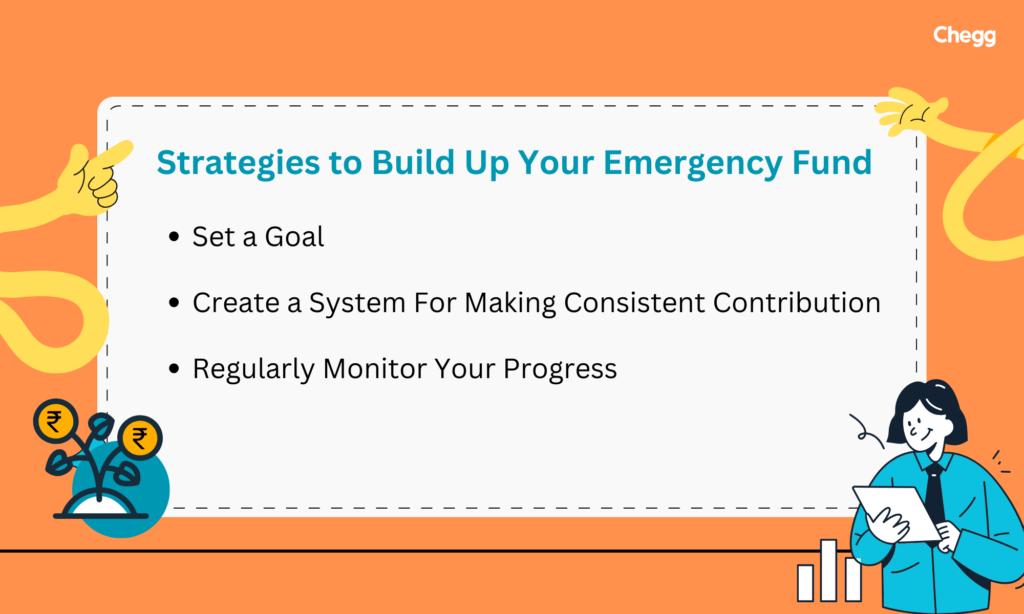

Quick Summary
An emergency fund acts as a crucial financial cushion, offering peace of mind during life’s unexpected moments be it a sudden job loss, medical crisis, or urgent home repair. In today’s fast-paced world, having a dedicated reserve ensures you’re prepared for uncertainties without falling into debt. This guide provides a clear understanding of why an emergency fund is essential, how much you should ideally save, and smart strategies to build and manage it. From choosing the right place to store your savings to maintaining consistency in contributions, you’ll learn how to secure your financial future with confidence and clarity.

An emergency fund is a savings reserve designed to cover unexpected financial expenses. Think of it as a financial cushion that protects you when life throws curveballs whether it’s a sudden job loss, medical emergency, or an unexpected home repair.
In India, many people are unaware of the importance of an emergency fund, or they may underestimate how much they need. This article will walk you through the basics of an emergency fund, why you need one, how to build it, and the best places to store it.

An emergency fund is one of the most important financial tools you can have to protect yourself from unexpected events. Below are the key reasons why having an emergency fund is essential:
Saving is doubtlessly a good habit. It’s important to plan, be consistent, and be disciplined when setting aside money for emergency funds. There is a wide range of strategies to save money for emergencies. One can use one or more strategies, per your financial condition, to build up your fund.


Where one is to put their emergency funds solely depends on their situation. Nevertheless, one needs to be mindful of putting their hard-earned savings. Ensure that you keep the emergency fund easily accessible, secure, and in a location where you are not tempted to spend it on non-emergencies.
Three crucial aspects one needs to consider while deploying an emergency fund, are as follows:
Since an emergency fund is meant to help one overcome a financially tough situation. One should avoid putting in places where there is a chance of capital erosion in the short term. Hence, one must avoid equity-based mutual funds or any such options with proportionally high risk.
Since emergencies demand immediate action, one needs to ensure that emergency funds are conveniently accessible. This accessibility ensures fast responses to unforeseen situations, safeguarding financial stability.
Liquidity refers to how fast one’s investments can be converted to cash. Hence, one should avoid long-term deposits, provident funds, bonds, and national savings certificates, which either have an upper withdrawal limit or are redeemable after maturity.
Following are some of the options where one can put their emergency money:
30% of the emergency funds should be kept separately at home or in the banks so that they can be easily accessed and used for more minor emergencies.
In a financial emergency, liquid mutual funds have a slight advantage over bank deposits. For a liquid fund, the entry barrier is low. Unlike a fixed deposit, one can save a minimum amount to invest in a liquid mutual fund. In addition, liquid mutual funds usually offer higher returns than standard bank deposits. Lastly, the concerned bank might levy a premature withdrawal penalty on the fixed deposit if withdrawn prematurely. However, this is not the case with liquid funds, making them a more flexible option during financial emergencies.

It proves most valuable when you can differentiate between genuine emergencies and less immediate expenses. True emergencies, such as unforeseen medical bills or a sudden job loss, require accessing emergency funds, whereas it is not an emergency if you run short of money to buy non-essential things such as going for a trip or a movie.
Here are four critical situations where using it is justified.
These funds are created to help you take care of financial demands that arise without prior intimation.
Emergency Fund = Monthly Expenses x Number of Months
Finally, total your monthly expenses + recreational activities + amount spent on dependent + travel + other monthly expenses and multiply them by six. You know, a lot of funds can be reserved for emergency funds.
Depends on how many months’ worth of expenses you want to cover with your emergency fund. The standard recommendation is usually between 3 to 6 months, but it can depend on your risk factors. It should be 6 times your monthly expenses. So, if you spend Rs. 40,000 per month, then your emergency fund should be Rs. 2,40,000.
Recommended Read:
2. These are the key aspects of a high-yield savings account (HYSA). In a HYSA, you can earn high interest on your money and access it quickly without penalties or hassle.
3. A money market account is a special kind of savings account that can offer a higher interest rate to customers who save a large amount of money in their account. Money market accounts can provide a yield of about 3% to 4% interest rate. Some banks offer money market accounts that come with a debit card, which gives the facility instant access to your funds
4. CD stands for certificate of deposit. When you put money into this type of bank account, you’re telling the bank that you promise to let them hold onto your cash for a set amount of time. Your bank may offer a range of terms, commonly between a year and five years.
5. Generally, CDs get a higher savings rate than a standard savings account. However, one drawback of keeping an emergency fund in a CD, you usually incur a penalty for withdrawing funds before the CD matures. This makes it hard to access your money if required immediately.
The primary drawback of emergency funds is that investing money into an emergency fund reduces the chances of allocating any additional funds for different programs, such as paying down a mortgage or retirement money savings, or paying down a mortgage. Thus, funds may be overhead in achieving financial goals.
By adding money to the emergency fund, a person expects fewer chances for high returns. If you are expecting a high return on investment money in the stock market, bonds, or certificates of deposit. It may provide inflation-beating returns and allow your savings to grow through compound interest. Thus, emergency funds provide the opportunity to use one’s money to generate more wealth. Emergency funds allow the chance to leverage one’s money for wealth generation.
Building and maintaining an emergency fund is a foundational step toward achieving long-term financial stability. It safeguards you against unexpected expenses, reduces reliance on debt, and brings peace of mind in uncertain times. Whether you’re just starting out or reviewing your financial plans, consistently contributing to your emergency fund ensures you’re always prepared. While the amount and method may vary based on individual needs, the goal remains the same financial resilience. By staying disciplined, monitoring your progress, and choosing the right savings tools, you create a secure buffer that empowers you to face life’s challenges without compromising your financial well-being.

Read More :
The size of one’s emergency fund depends on various factors such as income, number of dependents, lifestyle, existing debt, etc. Although, the general rule of thumb is to set aside anywhere between 3-6 months’ worth of essential expenditure. Essential expenditure” refers to the expenses needed for day-to-day functioning.
The best thing to do with an emergency fund is to deposit it in a savings account. This is because a savings bank account guarantees the liquidity of the funds. Liquidity is of high importance for an emergency fund. One can look for a savings account offering a reasonable interest rate. Moreover, there should be no minimum balance requirements or hefty maintenance charges.
Allocating a total monthly fund into a designated bank account helps you to consistently grow and achieve the substantial savings you want. Preferably, you’d put your emergency fund into a high-yield savings account with high interest rates or you should use a savings account with a high interest and easy to cash that you’d need in an emergency.
An emergency fund is a dedicated savings account for unexpected expenses like medical bills, car repairs, or job loss. It should cover 3-6 months of living costs, providing financial security. For effective management, keep 10% in cash for immediate needs, 20% in a bank account, and 70% in a fixed deposit to earn interest while remaining accessible.
The 50-30-20 budget rule is a simple guideline for managing your after-tax income. Allocate 50% to needs (essentials like housing and groceries), 30% to wants (discretionary spending like dining and entertainment), and 20% to savings and debt repayment. This balanced approach promotes financial health and flexibility.
How much to save in your emergency fund: 3-6-9 rule. The basic guideline for emergency funds is to set aside enough money to cover your expenses for three, six, or nine months, depending on your needs and financial situation.
Introduction To the Best Mutual Fund For Emergencies :
1. HDFC Liquid Fund.
2. SBI Liquid Fund.
3. ICICI Pru Liquid Fund.
4. Aditya Birla SL Liquid Fund.
5. Axis Liquid Fund.
6. Kotak Liquid Fund.
7. Nippon India Liquid Fund.
8. UTI Liquid Fund.
Emergency funds should be kept in safe, liquid, and accessible places like savings accounts, bank deposits, or liquid mutual funds. Avoid risky investments like stocks or long-term deposits.
Financial experts generally advise saving three to six months’ worth of essential living expenses in your emergency fund. For instance, if your monthly expenses total ₹40,000, aim to set aside ₹1.2 lakh to ₹2.4 lakh. Individuals with irregular incomes or additional responsibilities may consider saving up to 9–12 months’ worth of expenses for added security.
An emergency support fund from the government is financial assistance provided during crises like natural disasters, pandemics, or unemployment to help individuals or businesses manage urgent expenses and recover quickly.

Authored by, Sakshi Arora
Digital Content Writer
Sakshi is a Content Creator and Strategist who specializes in crafting well-researched content across diverse topics including economics, finance, health, and more. She brings a fresh perspective to every piece she writes, always aiming to offer real value to her readers. When she’s not writing, you’ll likely find her curled up with a book—she’s a proud bookworm—or sipping on endless cups of chai, her favorite obsession.
Editor's Recommendations
Chegg India does not ask for money to offer any opportunity with the company. We request you to be vigilant before sharing your personal and financial information with any third party. Beware of fraudulent activities claiming affiliation with our company and promising monetary rewards or benefits. Chegg India shall not be responsible for any losses resulting from such activities.
Chegg India does not ask for money to offer any opportunity with the company. We request you to be vigilant before sharing your personal and financial information with any third party. Beware of fraudulent activities claiming affiliation with our company and promising monetary rewards or benefits. Chegg India shall not be responsible for any losses resulting from such activities.